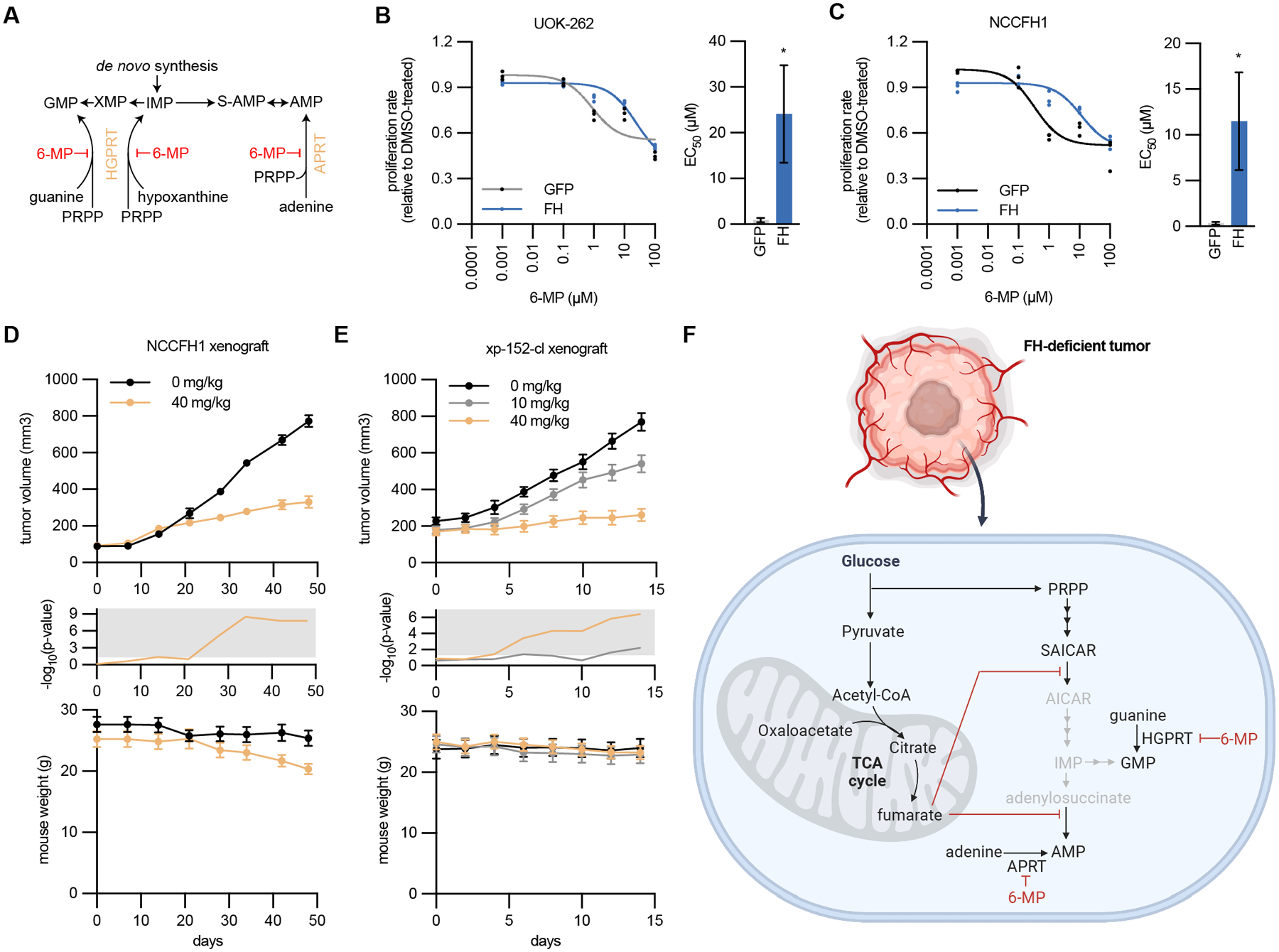Fig. 7: Inhibition of purine salvage by 6-mercaptopurine disrupts HLRCC tumor growth.

(A) Schematic of the purine salvage pathway and inhibition by 6-mercaptopurine (6-MP). (B-C) Proliferation (relative to DMSO treated cells) of NCCFH1 and UOK-262 cells expressing GFP or FH and treated with varying concentrations of 6-MP. Fitted values for EC50 are higher for FH-expressing cells. (D) Volume of NCCFH1 tumor xenografts from mice treated with vehicle or 40 mg/kg 6-MP (n = 10). Student’s T-test was performed for each time point and -log10(p-value) is plotted in the middle, with significant values (p ≤ 0.05) falling into the gray region. Mouse weight for each time point is plotted at the bottom. (E) Volume of xp-152-cl tumor xenografts from mice treated with vehicle, 10 mg/kg 6-MP, or 40 mg/kg 6-MP (n = 10). Student’s T-test was performed for each time point and -log10(p-value) is plotted in the middle, with significant values (p ≤ 0.05) falling into the gray region. Mouse weight for each time point is plotted at the bottom. (F) Schematic illustrating how fumarate accumulation disrupts de novo purine biosynthesis, rendering FH-deficient tumor cells reliant on purine salvage for maintenance of purine nucleotides and tumor growth (Created with BioRender.com).
